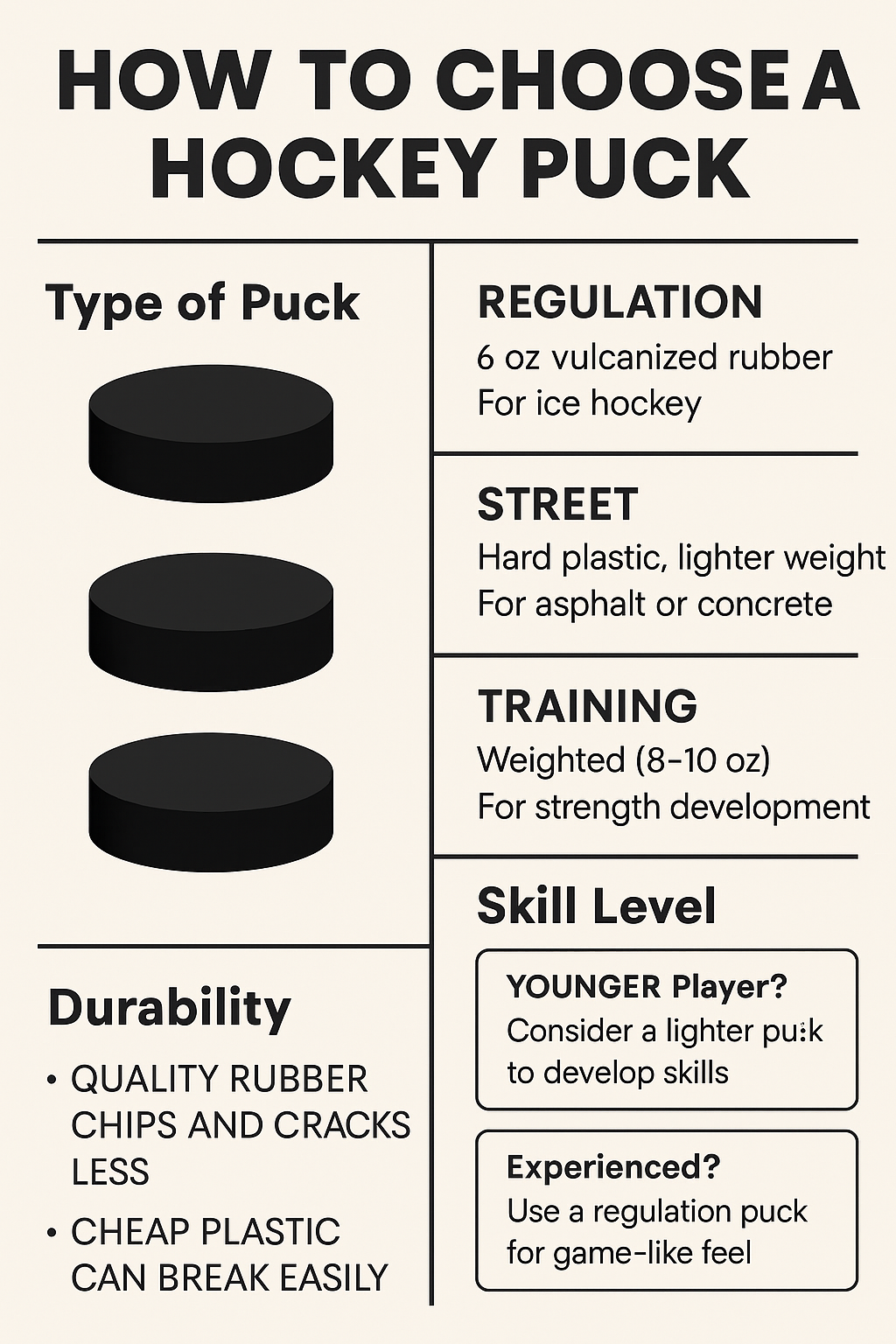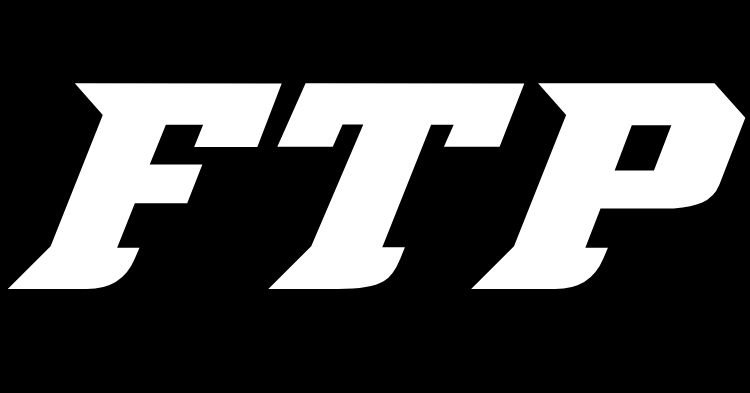Why the Hockey Puck You Use Actually Matters More Than You Think

Why It Matters Which Hockey Puck You Use
If you’ve ever played a game or practiced with a puck that just didn’t feel right, you already know—not all hockey pucks are created equal. Whether you’re out on the ice or in your driveway, the kind of puck you use can affect your shot, your stickhandling, and even your confidence.
It’s easy to overlook, but choosing the right puck can make a big difference in how you play and how your gear holds up.
🏒 Not Just a Black Disc
A hockey puck might look simple, but there’s more to it than meets the eye. Weight, material, and even the way it slides matter. Regulation pucks are made of vulcanized rubber, weigh about 6 ounces, and are used in official games for a reason—they give the most consistent, game-like feel.
Use something too light or too soft, and it won’t behave the way it should. Your stickhandling might feel off, and your shot won’t have the same zip. And if you’re using cheap plastic pucks, they can crack, chip, or even damage your stick blade over time.
🧊 Ice vs. Driveway vs. Shooting Pad
Where you play matters, too.
-
On ice? Stick with regulation pucks. They’re made to slide smoothly on ice and give you a true game feel.
-
In the driveway or garage? Street pucks or shooting pucks with slick plastic edges are better. They’re designed to slide on concrete or shooting tiles without wearing down or bouncing unpredictably.
-
Working on shot power? Try a heavier training puck to build strength and control.
Using the wrong puck for your surface can lead to frustration and even bad habits.
🚨 Younger Players Need the Right Fit
If you’re coaching or shopping for a younger player, lighter pucks can help build confidence. A full-weight puck might be too much for new players to handle, especially when it comes to lifting the puck or getting off a decent wrist shot.
A slightly lighter puck allows them to work on form and mechanics without getting discouraged.
💸 Save Your Stick, Save Your Time
Another reason to choose wisely? Durability.
A good puck can take hundreds (even thousands) of shots without falling apart. A bad one might crack after a few rounds off the post or chip your blade on a slapshot.
Using solid, high-quality pucks saves you from constantly buying new ones—or worse, needing a new stick.
Final Thoughts
In short, using the right hockey puck for your age, skill level, and playing surface just makes sense. It helps your game, protects your gear, and saves you frustration. Whether you’re practicing on a synthetic pad or battling in a real game, the puck should feel right, move right, and hold up to your shot.
Next time you stock up, take a second to check the details. It’s a small piece of gear—but it can make a big difference.



